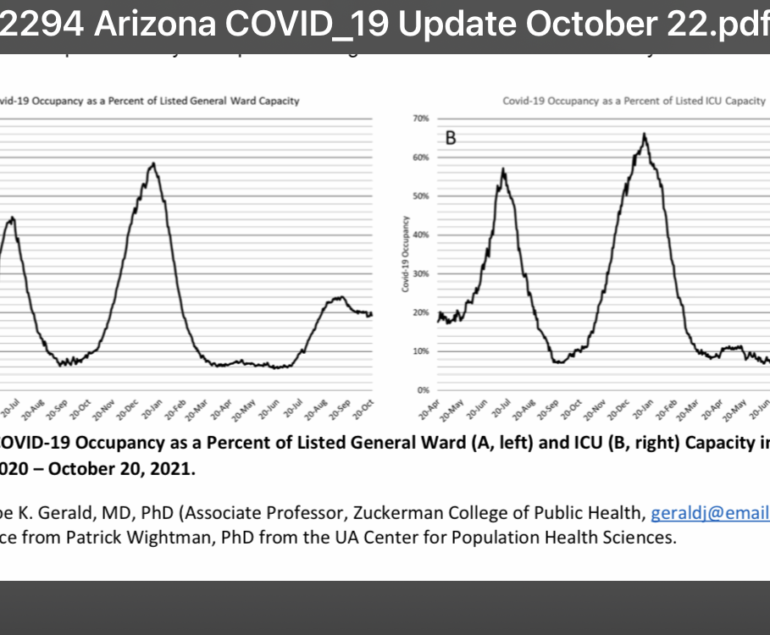The overall purpose of an emergency declaration at the state level is to provide the government with the authority and resources needed to respond swiftly and effectively to crises that threaten public safety and health.
This declaration allows the governor and state agencies to implement measures that are not typically permissible under normal circumstances. Many of those measures are designed to cut red tape and allow for temporary relief from ordinary regulations.
Some of the key purposes include:
- Mobilizing Resources: Enables the rapid allocation of state resources, like funding, personnel, and equipment, to areas affected by the emergency.
- Regulatory Flexibility: Allows for the temporary suspension or modification of regulations that may impede prompt response efforts. This can include waivers for healthcare facility requirements, licensing reciprocity for out-of-state medical professionals, and expedited procurement processes.
- Information Gathering: Enhances the ability to collect and issue critical information, including enhanced surveillance data, to monitor and manage the situation effectively.
- Public Safety Measures: Authorizes the implementation of necessary public safety measures, such as evacuations, curfews, and quarantine orders, to protect citizens from immediate threats.
- Coordination and Support: Facilitates coordination between various state agencies, local governments, federal entities, and non-governmental organizations to ensure a unified and efficient response.
Overall, an emergency declaration is a crucial tool for state leaders to mitigate the impact of emergencies, protect public health, and restore normalcy as swiftly as possible.
Arizona Proposition 135, set to be voted on in November 2024, asks you to pass an amendment to the Arizona Constitution that would significantly alter the governor’s ability to respond to emergencies.
As a constitutional amendment, reversing or changing these restrictions would be exceedingly difficult, requiring another amendment process and voter approval.
This proposition poses several risks to public health and safety:
Inability to Respond to Biological or Radiologic Emergencies Effectively
- The governor’s response capabilities to public health crises, such as pandemics or radiologic events, would be severely restricted.
- Essential measures like the rapid deployment of medical resources, quarantine enforcement, and coordination with federal agencies could be delayed or hindered.
Loss of Regulatory Flexibility After 30 Days
- Interstate Professional License Reciprocity: Healthcare professionals from other states could not provide services in Arizona beyond 30 days, potentially leading to severe healthcare staffing shortages during prolonged emergencies.
- Liability Waivers for Responders: Emergency responders would lose critical legal protections, discouraging volunteerism and participation in emergency operations.
- Temporary Waivers of Healthcare Institution Regulations: Hospitals and clinics would be unable to adapt swiftly to the surge in patient numbers, affecting their ability to provide prompt and adequate care.
- Clinic Licenses for Antivirals/Vaccine Distribution: The swift establishment of temporary clinics for mass distribution of antivirals or vaccines would be obstructed, delaying public access to life-saving treatments.
- Tort Liability Protection for Emergency Responders: The removal of legal protections for responders would increase the risk of litigation, potentially reducing the number of willing participants in emergency responses.
- Collection of Enhanced Surveillance Data: Essential data collection for monitoring and controlling the spread of diseases would be hampered, impeding the ability to make informed public health decisions.
Proposition 135 would undermine state and local government’s ability to safeguard public health during emergencies by imposing stringent limitations on necessary regulatory flexibility and emergency response measures. This inflexibility could lead to delayed responses, inadequate medical care, and increased mortality during crises.
It introduces unnecessary rigidity, as the current system already includes checks and balances to prevent abuse of emergency powers. A.R.S. § 36-787 already limits public health emergency declarations to 120 days. Any extensions beyond this period require legislative approval, ensuring a balance of power and oversight.
AzPHA urges voters to voters to say NO to this harmful and dangerous constitutional amendment which would have profoundly bad consequences during a biological or radiological emergency in Arizona.

